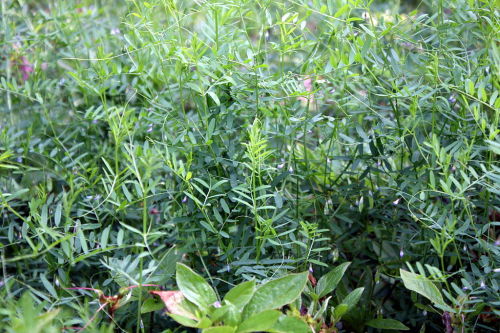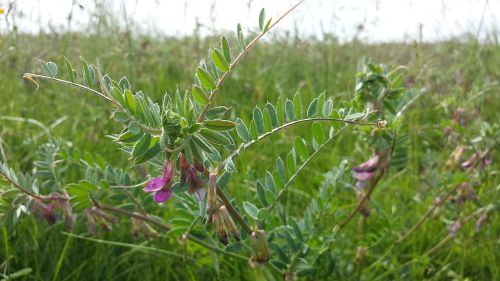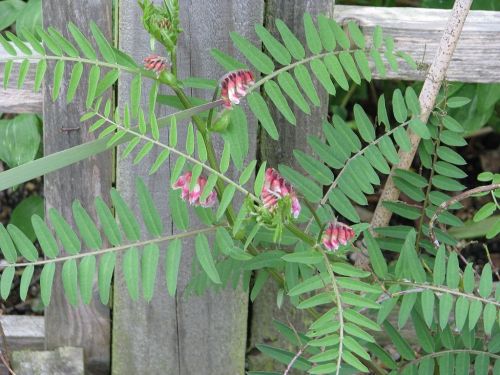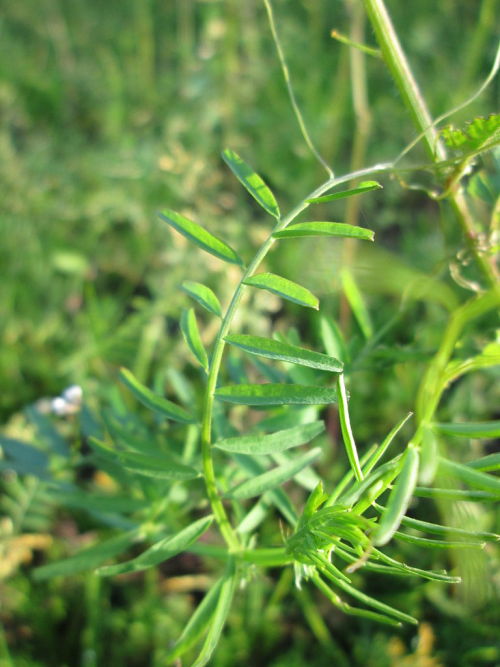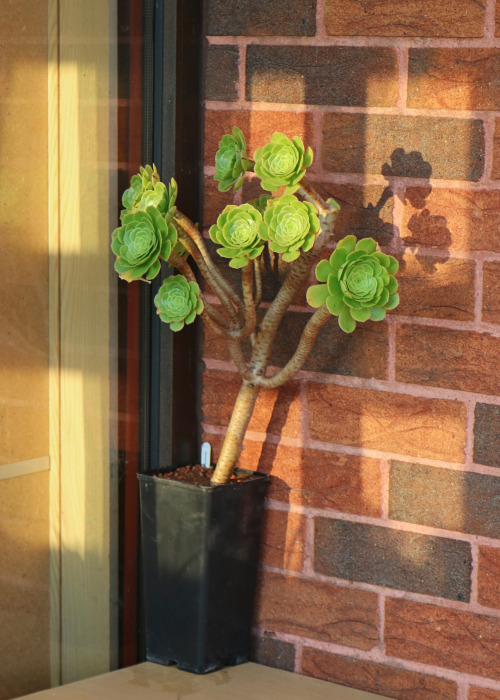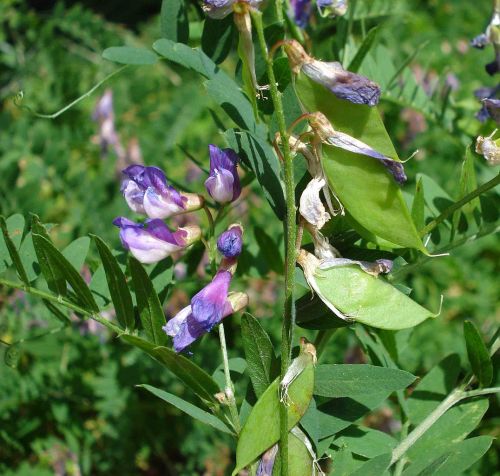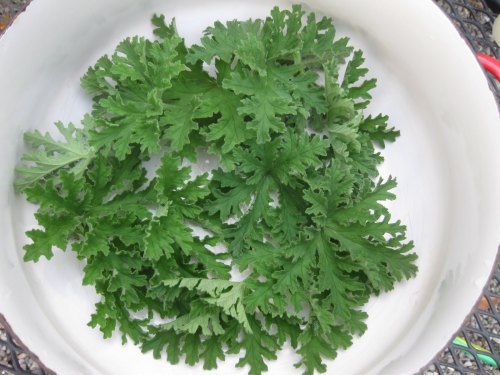#eudicots
Iridescent Leaves Take Advantage Of Quantum Mechanics To Thrive In The Shade
I came across more photos of those iridescent Begonias and was reminded to look up why they evolved to be that way! It looks like it’s the result of low light adaptations.
Iridescent flowers are common in nature. Their sparkly petals attract bees’ attention, tempting them to come over and pollinate the flower. But why would leaves be iridescent? This is the question Heather Whitney, a plant scientist at University of Bristol, asked while studying iridescent flowers.
“This seemed very odd to me,” Whitney told Popular Science. “By and large you do not want to attract insects (herbivores) to leaves.” Furthermore, she noticed that these iridescent leaves were always found in shade plants. This seemed counterintuitive since one would expect plants growing in the shade to scavenge every available bit of light. Iridescence reflects some light away, though.
Plants in the Begonia genus, whose iridescent leaves make them favorites among houseplant lovers, thrive in low light. A paper published today in Nature Plants suggests that the dazzling iridescence displayed by some Begonia species may actually be their way of enhancing photosynthesis in deep shade.
Echinocereus triglochidiatus / Claret Cup Cactus
Dryland Mesa, Denver Botanic GardensAfter snapping the previous photo, I turned the lens back and realized I had a just as impressive composition to capture. Too often we are quick to eliminate signs of decay, death, and decomposition in our own gardens.
Post link
Aeonium arboreum - the first plant to be returned to the rain shelter area after tidying and rearranging the collection there.
August 2019.
Post link


